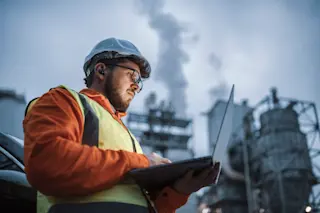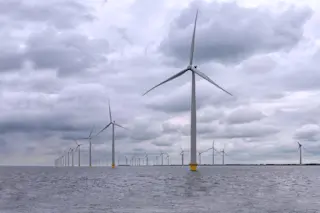In the late 2000s, the notion of "clean coal" was widely panned. As Bryan Walsh wrote in a 2009 Time piece:
currently there's no economical way to capture and sequester carbon emissions from coal, and many experts doubt there ever will be.
Critics in the Guardian and elsewhere dismissed "clean coal" as industry greenwash. But such broad denunciations conveniently ignored the billions of dollars the U.S. federal government (under President Obama) had poured into what is known as carbon capture and storage (CCS) technology. So while the term "clean coal" may well be a misnomer, people should be aware that the U.S. Department of Energy has a slew of projects it categorizes as "clean coal research." In a 2010 feature for The Atlantic, James Fallows laid out the rationale for decarbonizing coal: It remained a cheap, abundant and widely-used energy source and will continue to be so "for a very ...













